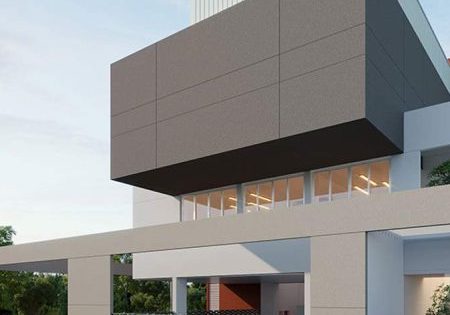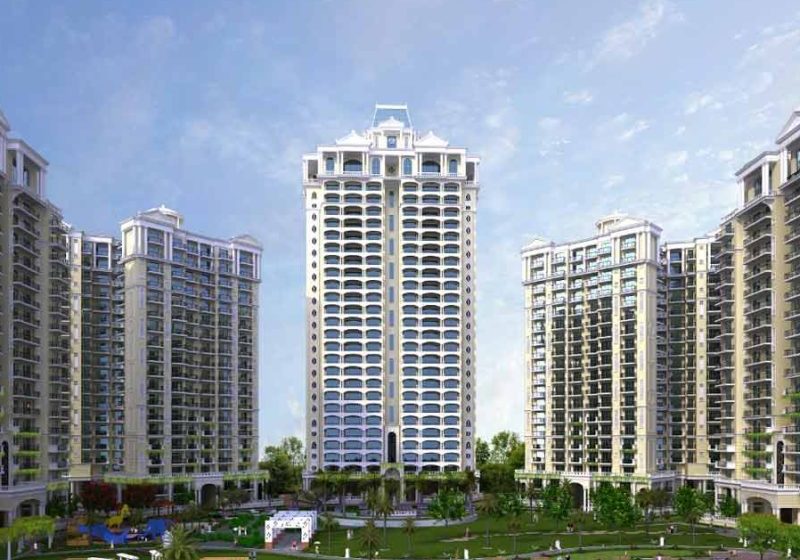Coliving concept seeing success in India and across the Asia-Pacific region.
Given the scarcity of land in many Indian cities, coliving buildings are frequently tall and require efficient vertical-transportation systems. . . . Editor.
Knight Frank India recently released a report, “Insights on Coliving — An Asia-Pacific Perspective.” According to the report, Mumbai ranks fifth in the Coliving Index, which tracks markets’ likelihood of success as coliving destinations. The report covers 20 major Asia-Pacific cities that have six qualities likely to contribute to growth in coliving. These cities:
- Are technological and financial hubs
- See numerous venture-capital (VC) deals and growth
- Have affordable housing
- Have university populations
- Have strong general populations and human-development indexes
- Provide high quality of life
These six attributes have been allocated different weights based on their relevance and importance, which, in summation, provide a metric to quantify the magnitude of coliving’s likelihood of success in different cities.
Coliving is experiencing rapid traction across markets and has been a disrupter in many ways in markets worldwide. Amid changing lifestyles and stratospheric housing prices across major economic centers, coliving provides an alternate, flexible accommodation option for a temporary and transient workforce. This modern form of urban housing is not a new concept, with other forms of shared spaces already in existence, such as hotels, serviced apartments and hostels. Building on a similar model, coliving provides a curated social environment that capitalizes on the concept via three distinguishing characteristics: shared spaces, events and community.
With a weighted average score of 65.94, Mumbai (fifth) has emerged as the top potential market for coliving in India due to higher prices, rapid and continuous gentrification and an unchallenged position as India’s top economic center. Mumbai offers vast opportunities for coliving growth. As compared to 2010-2012, the VC deal flow in Mumbai spiked by 288% between 2015 and 2017. The rise in deal flow is a key indicator of the quality of job opportunities created in the financial hub and a ready demographic pool to which coliving operators can cater, given the omnipresent shortage of quality rental housing near employment hubs.
New Delhi takes 11th place on the Coliving Index. Despite relatively higher housing affordability than Mumbai, the general population and human development index in New Delhi is much higher than that of Mumbai, making it an apt choice for coliving operators to expand, as this is a key demand driver. Being the national capital of India, New Delhi attracts both the internal and external migration of capital and people. This bodes well for the coliving sector’s expansion.
“ With a vast, globalized workforce and lack of affordable housing, coliving has become an ideal choice for many millennials.”
— Shishir Baijal, chairman and managing director, Knight Frank India
Being a prime technological hub, Bengaluru not only has access to talent, but also a conducive and self-sustaining business environment and a vibrant startup ecosystem that supports a gig economy. Due to these factors, the city features at 19th on the index. Coliving operators in India, having recognized Bengaluru’s tendency to attract digital nomads early on, are continually augmenting capacities in their coliving communities and are expanding to suburban and peripheral locations to cater to burgeoning demand.
Other key findings include:
- China’s coliving sector is one of the most developed, having started in the early 2010s. Beijing is ranked first in the Coliving Index, followed by Tokyo (second) and Shanghai (third).
- Job opportunities in the financial sector and low housing affordability are major driving factors for growth opportunity in the coliving sector in Mumbai.
- A 288% spike in VC deals in Mumbai is a significant factor accounting for creation of quality jobs, resulting in growth opportunities for the coliving sector.
- Mumbai’s large population is another major factor that offers scope for market penetration by domestic coliving operators.
- New Delhi ranked 11th, with a total score of 53 in the Coliving Index. Properties of major coliving operators in the National Capital Region, such as CoHo (2,500-plus beds) and Stanza Living (2,000-plus beds), are more than 90% occupied, reflecting demand for coliving space.
- New Delhi ranks second, after Tokyo, in the General Population and Human Development Index, which reflects key demand drivers for the coliving sector.
- Bengaluru (ranked 19th) is the third Indian city after Mumbai and New Delhi that placed among other major Asia-Pacific cities in the Coliving Index.
- CoLive (8,000-plus beds) and Zolostays (10,000-plus beds) are occupied at more than 85%.
Shishir Baijal, chairman and managing director, Knight Frank India, states:
“In India, the coliving concept is gaining widespread acceptance and has brought to the forefront some new models in the private rental sector. With a vast, globalized workforce and lack of affordable housing, coliving has become an ideal choice for many millennials. The growing interest for coliving spaces in cities has been instrumental, with many investors sitting up and taking notice of this emerging sector to diversify their portfolio and risk. Further, the proposed Model Tenancy Act will provide the right legal framework for the growth of coliving in Indian cities, which already has a strong demand base.”
Get more of Elevator World. Sign up for our free e-newsletter.








